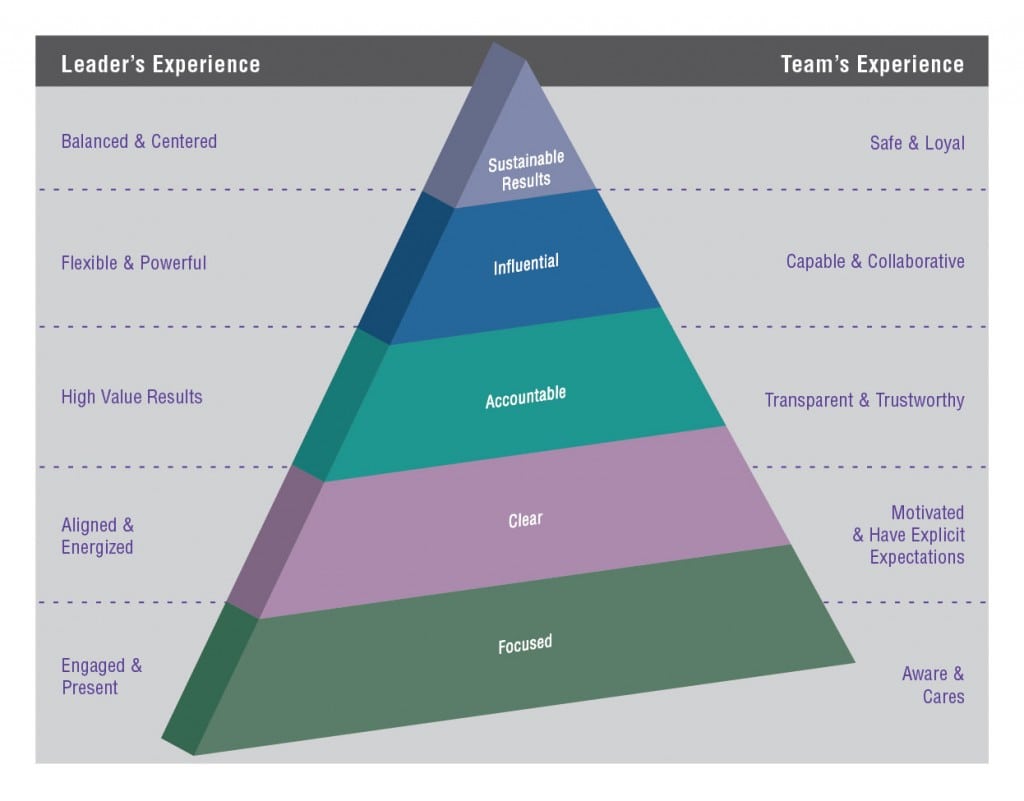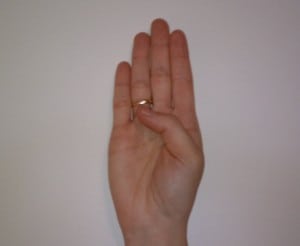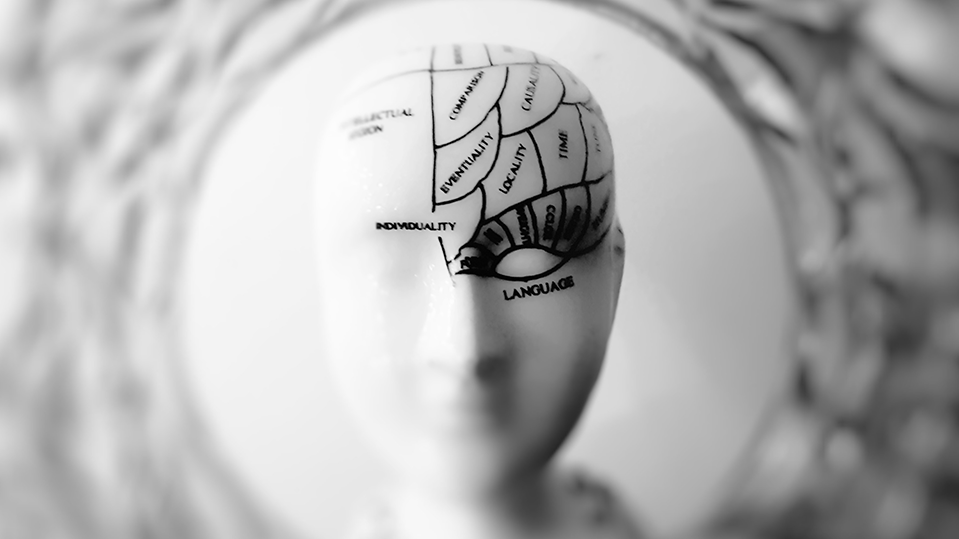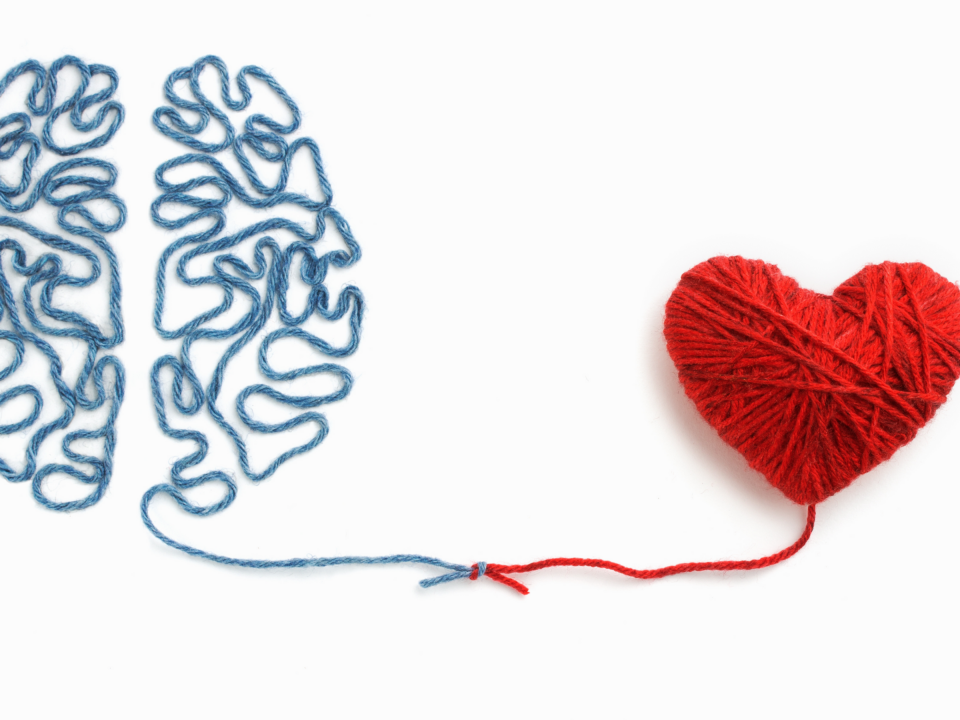
The New Social Leadership: Move From Fear To Freedom
November 5, 2012
Stop Reacting! Start Responding: How to Hack Your Brain Part 2
January 21, 2013In my recent “Hijack” blog we explored how an individual gets triggered and how your brain blocks performance. Now let’s look at how entire cultures get triggered—and how to recover plus prevent this scenario.
First, a word on culture. Over time a company evolves cultural norms—beliefs about how the world works and what is “normal.” The composite of these norms creates an identity. So if someone yelling or disrespecting another, gossiping, and public beheadings are considered “normal,” then you may be dealing with a Critter State, fear-driven company culture. If healthy conflict, respectful disagreement, and productive feedback are normal, you are well on your way to a SmartTribe culture.
If you are thinking, Uh-oh, there’s way too much fear in my culture, let me give you a few quick tips on how to turn that around in the moment. The first method is to teach yourself and your team a hand signal that serves the dual purpose of explaining the Critter State hijack phenomenon and also lets you signal to one another when it’s happening. We’re going to use your hand to represent your brain in this technique learned from the brilliant Dr. Daniel J. Siegel.[1]
Hold one of your hands up, palm out, and cross your thumb over it. Like this:

Image Credit: SmartTribes Institute, 2012
The base of your palm represents your brain stem, or your reptilian brain. Your palm represents your mammalian brain, with your thumb representing your limbic system. Now fold your fingers over your thumb and make a fist.

Image Credit: SmartTribes Institute, 2012
The back of your hand and fingers represent your neocortex, with your knuckles to fingertips representing your prefrontal cortex. Your closed fist represents full access to all parts of your brain, from your prefrontal cortex through your reptilian brain. This is your Smart State–where you have great choice, you’re creative, present, emotionally engaged, and ready to roll.
Now think of the last time you “flipped your lid”—you had a tough day, you got triggered, and you dove into your critter brain and were in fight/flight/freeze. This is where you were:

Image Credit: SmartTribes Institute, 2012
Your Smart State was hijacked and your Critter State was running the show. In this case your undesired (by your conscious decision making) safety patterns were in charge and you didn’t have access to resourceful states. Your frontal lobes were flapping in the breeze, using their time- and pattern-matching capabilities to trigger Critter State activity and access to “negative” states like anxiety. (We don’t really like to judge these states as positive or negative, because every state has a use in some context, but these states are undesirable when you don’t have access to the resources you need to solve a problem or move forward.)
Now once again close your fingers over your thumb—like the victory punch people throw in the air when they are successful. Like this:

Image Credit: SmartTribes Institute, 2012
As I mentioned above, this is going to symbolize full access to the resources in your frontal lobes through your reptilian brain. Remember, access to the frontal lobes’ resources allows you to plan, innovate, solve complex problems, think abstract thoughts, have visionary ideas, experience higher consciousness, all with full positive emotional range—in short, to be in your Smart State.
You may want to teach these hand signals to your team, as they are super helpful to use at work. When I am really stressed out, I’ll show the “flip your lid” signal above. When I’m in a meeting and want everyone to be in their “creative zone,” I’ll show the closed hand symbol.
The table below is a quick reference guide for some behaviors that send us into our Critter State versus our Smart State—do note that all of the Smart State behaviors are taught in my upcoming book, SmartTribe (download an excerpt here).
Behaviors That Send Us into Our Critter State and Smart State:

Note that some roles with either high routine or high stress—such as those in data entry, assembly lines, and call centers—are more apt to see workers slide into their Critter State. This is where cultural rituals around recognition as well as a highly emotional mission, vision, and set of values help tremendously.
I hope that by now I’ve convinced you that the Smart State is better for business—especially a business where innovation and change are necessary for growth. It’s also the optimal state to lead people from, to sell from, to grow from, to live from. How do you get in and stay in your Smart State?
Christine Comaford is a global leader in human performance optimization. She coaches leaders to achieve remarkable results in performance and operational efficiency by combining neuroscience and business strategy.Follow her on Twitter (@comaford) and download an excerpt of her upcoming book SmartTribe: Creating a Culture That Outperforms, Outsells, Outinnovates the Competition at www.SmartTribeBook.com.




